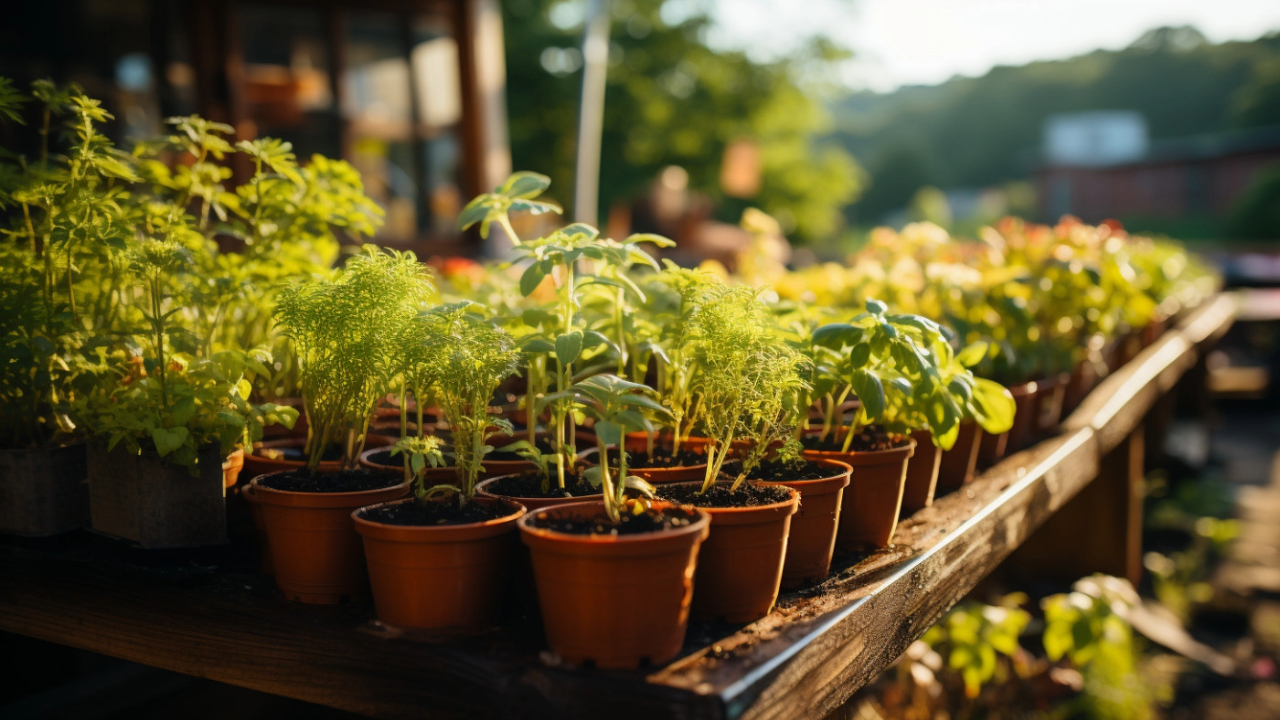In the midst of the hustle and bustle of urban life, a surge of green spaces is shifting the way city dwellers interact with their environment. Urban gardening, an innovative approach to cultivating plants in the heart of the city, has been providing a multitude of benefits, from improving mental well-being to enhancing local biodiversity.
Urban Gardening: A Snapshot
Urban gardening is the practice of growing plants within city environments. This could be anything from a window sill lined with potted herbs, to a rooftop abloom with colorful flowers, to a community garden nestled between towering buildings.
Benefits of Urban Gardening
Enhanced Mental Well-being
Urban gardening offers a therapeutic retreat from the rigors of city living. The act of nurturing plants from seeds to full-grown flora provides a form of physical activity, instills a sense of accomplishment, and promotes mindfulness.
Fortified Ecosystems
Urban gardens sustain biodiversity by providing habitats for local wildlife, such as insects and birds, and by supporting a range of flora which otherwise could not thrive in the concrete and asphalt of cities.
Sustainable Living and Food Security
Urban gardening champions self-sufficiency by enabling city dwellers to grow their own food. This promotes healthy eating habits, reduces the reliance on commercially produced food and minimizes food transportation, therefore lowering carbon footprint.
Strengthened Communities
Community-based urban gardens unite, educate, and empower. They bridge the gap between individuals of diverse ages and backgrounds by providing a common ground where they can interact, learn from one another, and foster a sense of community.
Conclusion
Urban gardening is much more than just a trendy pastime; it’s a catalyst for a healthier, greener, and more united urban future. As city dwellers continue to embrace and appreciate the benefits of urban gardening, it's clear that the ‘concrete jungle' is becoming more of a ‘garden city.'



